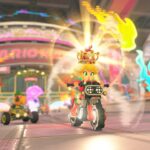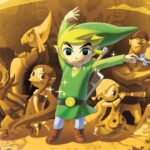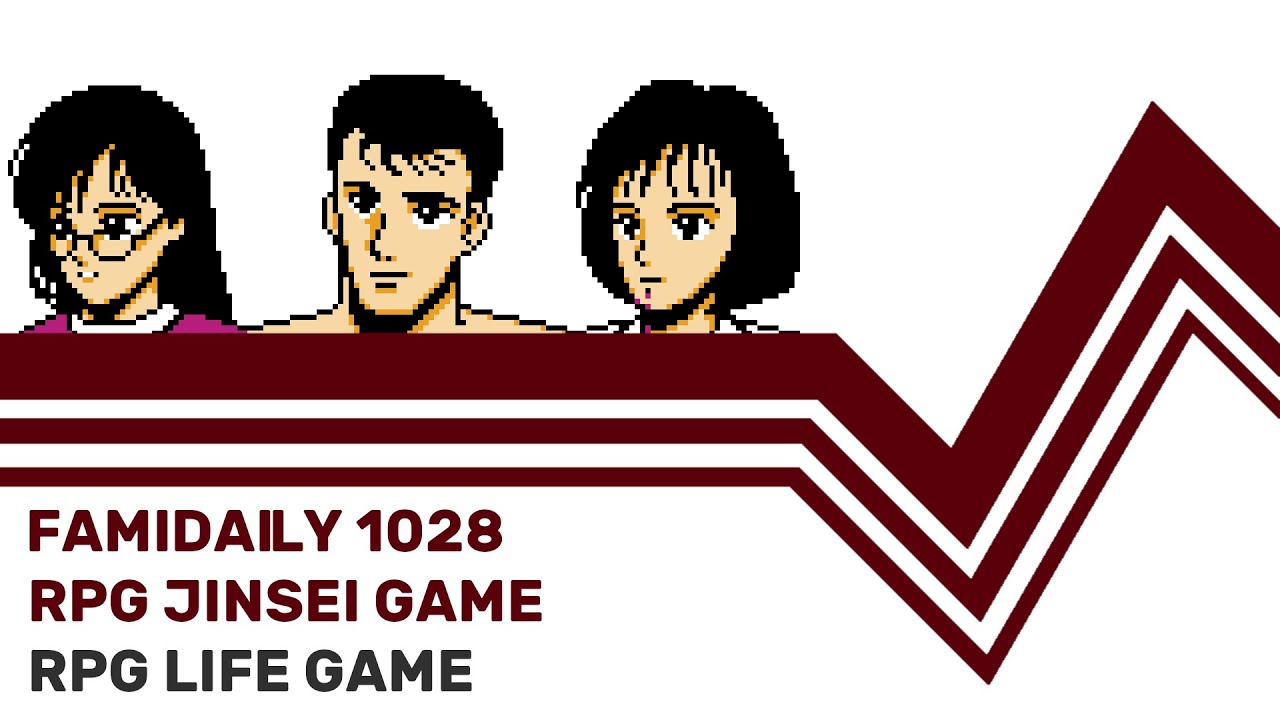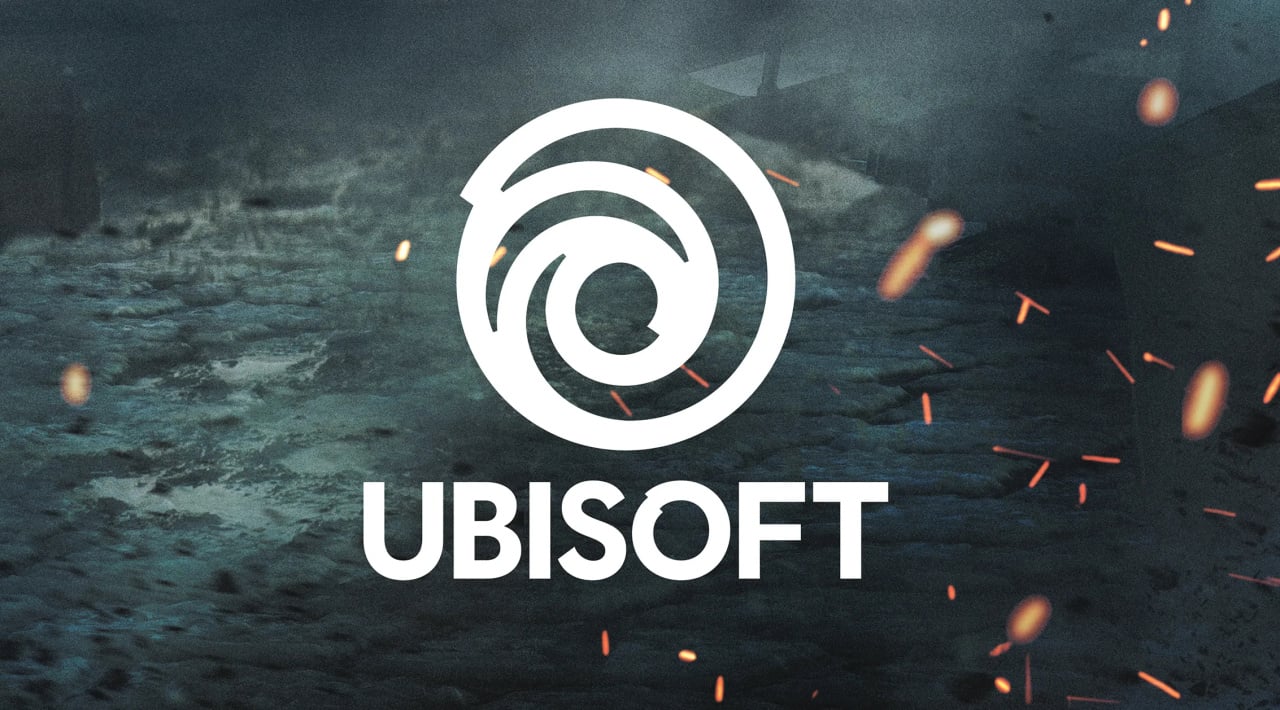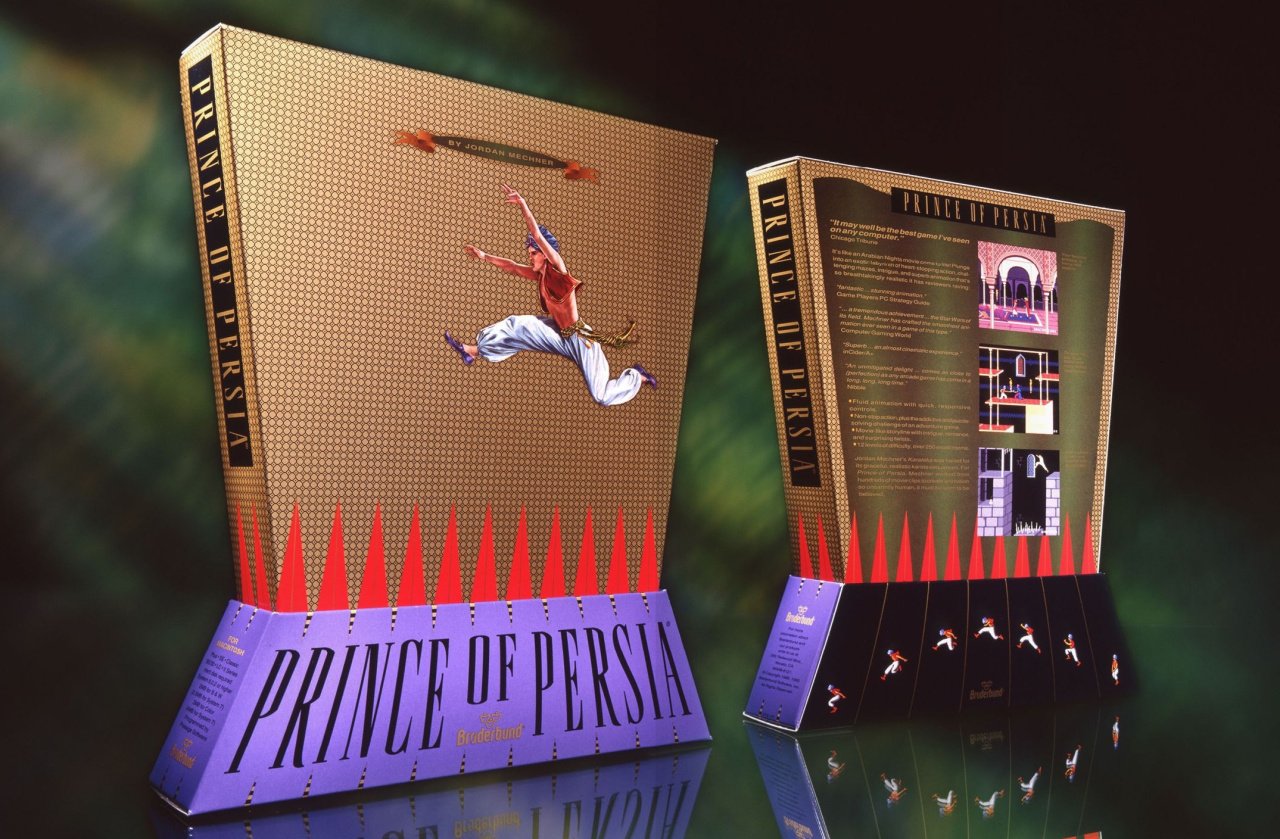Pretty much every video game loving child of the eighties dreamed of being able to play every single Famicom game. Well, RndStranger (real name David Mathis) of YouTube actually went and did it, completing an exhaustive 1,041 episode series about every single Famicom title on YouTube.
There are 1042 official Famicom cartridge releases despite my numbering of episodes to 1041.
Oh? Then why’s it a 1041 episode series? What’s the missing one?
When I was planning Famidaily, I set some firm boundaries for it: licensed, commercially released, Famicom cartridges only. The first two conditions are pretty easy to manage, but that third one is more complicated than it sounds. There’s several pieces of expansion hardware for the Famicom that take their own specially formatted games. The Famicom Disk System is the obvious one, but Bandai had the Datach which was a barcode scanner with a cartridge slot, Sunsoft had a baseball game that you could plug roster updates into, and ASCII’s Turbo File hardware for saving games had a cartridge slot on it that also did roster updates for their baseball games. On top of that there was Karaoke Studio which you’d never be able to tell was a Famicom game cartridge by looking at it and it has its own spot to plug in cartridges to add more songs.
So things are a bit messy, especially if you’re not drilling down into the details. And when setting up my episode list, I took the list of Famicom games from the Wikipedia list and organized it. Turns out Wikipedia can be pretty inaccurate! It included some of the roster change cartridges and didn’t include Nintendo’s own Family BASIC cartridges. I was a few hundred episodes into things when I realized I had a problem. I had two things on my list that shouldn’t be there and three things not on my list that should be. I was already way past the ones that needed to be added which meant that if I tried changing things up, I’d wind up with some weird numbering and spend the rest of my life explaining to people why there was no episode 800. I made episodes on the skipped cartridges, inserting them as “.5” episodes and then when I reached the ones that shouldn’t exist, I gave a brief explanation on why.
Fascinating! Well anyway, thanks for agreeing to speak with me about this experience.
Thanks for talking with me! I was a normal person going about their typical life, and then I went a bit mad and decided to get every single game officially published for the Family Computer and document all of them. That wasn’t enough for me, though, as I also decided to make one episode a day about each game. In Famidaily I documented the entire library in release order playing the original cartridges on actual, unmodified hardware. It was a process that took three years and I think it is a useful resource for anyone who wants to know what that Japanese gaming is.
So, let’s start at the beginning. What got you into this project?
It really starts with Game Center CX.
Game Center CX is a Japanese television show where the comedian Shinya Arino is challenged to beat old games. He’d go into a conference room in the morning, be handed some video game, and has to beat it by midnight. The show has been running since 2003, predating all of the streamers and Let’s Plays and most media dedicated to retrogames. I stumbled across the show and loved it, but there were only a handful of episodes translated into English. Maybe a dozen. A few of us oddballs who discovered it got together and translated more episodes. A lot more episodes.
And as I was doing timing and editing on episodes of the show, I got it into my head that it would be fun to collect the games that were featured on it. And in the early 2000s in Japan, “old video games” meant the Famicom: Nintendo’s Family Computer. Initially I was collecting NES versions of those games, but on a trip to Japan I purchased a Famicom and a few dozen games that caught my eye.
That lead me into collecting Famicom games in general and that’s when I found out that the English language resources for Famicom games were not that great. You might get a picture of a box, someone’s impressions of it after loading it in am emulator and poking it for five minutes, but rarely much more than that. It was frustrating to find a game that might have looked interesting but there was no information on how it actually played. I decided to do something about that. I wasn’t really sure what I was going to do about it, but I was going to do something about it.
Do you think there’s significant archival value to maintaining a record of games like this?
Of course! I wouldn’t do it if I didn’t think it mattered!
The catch is, the value isn’t in letting people have warm fuzzies remembering their favorite games from their childhood or in telling people about the same ten “hidden gems” that get brought up all the time. What matters in Famidaily is that there is a record to tell people that this stock trading game was released one week before the Japanese stock market collapsed signaling the start of decades of economic malaise. Or that around a dozen different publishers released a major RPG in a ten week period in 1990. Or how there’s a game that had a feature that let you transfer data to and from six other computer games. Or another game was designed by committee through interaction with magazine readers.
There’s stories in surprising places in these games, a lot of which have gone unnoticed outside of Japan. And even the games that don’t have those stories need someone to say, “This was part of the tapestry of games as a medium in a place and time where every month brought something radically different.” No one remembers RPG Jinsei Game, a very late release based loosely on Milton Bradley’s The Game of Life, but there’s a real chance it inspired Square’s Live A Live just by existing; there’s some concepts they have in common and RPG Jinsei Game came out about a month before Live A Live started development. There was a conversation that was occurring between development houses through these games, even the most insignificant of them. Famidaily is a way to lay out all of the pieces of it.
And of course, I haven’t stopped with the Famicom. I repeated the process for the CassetteVision, Japan’s first cartridge based game console, the Super CassetteVision, the CassetteVision’s unusual follow up that was a competitor to the Famicom, and the Atari 2800, Atari’s attempt to break the VCS into the Japanese market in the wake of the US market going soft on them. Right now I’m dedicating a year to every game in the Famicom Disk System library and of course I already have plans for follow ups.
Were there ever any points that the process started to feel like a chore?
Playing something new or different was never a chore. But that doesn’t mean that there weren’t things that were hard.
The roughest times for me were the games that were popular. My feeling is that if I’m not adding something then I don’t need to say anything. What is there to say about Super Mario Bros. 3 or Rockman 2 that hasn’t been said a million times before? Naturally those are the videos that get the most attention because that’s what people look for, but I’d rather tell someone about how Henk Rogers got Nintendo president Hiroshi Yamauchi to play the only video game he ever touched than retell the story of how Henk Rogers got the Tetris license.
Of course, the quality of the games themselves is an important determination of this. Your series only gets into the official releases, not the pirated ones. On balance, what would you say the quality was of any randomly selected title?
Across the entire 1042 official releases? Honestly, probably a bit below average. But that’s selling things short.
There’s chapters to the Famicom’s life. In the early days, the first two and a half years up to the point that Nintendo essentially abandoned the system following the release of Super Mario Bros., the average game was pretty good although they reflected the arcade styles of the early 80s. The Famicom got some really good ports of classic games and most of the developers making games had some kind of pedigree: Namco, Hudson, Konami. Okay, Jaleco and Sunsoft were there, too, and they’d have to grow into the publishers that people loved, but on the whole the average game delivered on what players wanted.
Then came the gold rush years when any company that could get a few computers together decided to get into the business of making Famicom games. The Famicom was successful before, but in 1985 almost any game that reached shelves sold a million copies. Even with Nintendo’s onerous licensing fees, if you could get a game released then you could make a fortune. Or at least you could until everyone was releasing Famicom games and the average quality went straight into the toilet. Pick a random release from 1986 or 1987 and it’s probably something disastrously awful. This is the time of the most infamous Famicom games whose reputation extends even beyond Japan: things like Transformers: Convoy no Nazo and Hoshi o Miru Hito. Every game wanted to be Tower of Druaga, Legend of Zelda, or Super Mario Bros., but very few of the fledgling developers learned the actually helpful lessons of those games and instead decided to make everything as obscure and confusing as possible. Obviously, there were good games getting released and when you just look down a list it’s easy to spot them, but they were completely flooded out by the garbage.
Oddly, the nadir of the system game came after that gold rush in 1989 which is the year of people finally figuring things out. Nintendo had two new platforms on the horizon, the developers who had honed their skills at the best game publishers from the early days of the Famicom were all breaking off to form their own companies, but none of that was in place yet. So in 1989, 10% of all Famicom games were baseball. It’s the year of holding their breath because good stuff will be coming.
I could ask you what the best and worst games were, but that seems a little reductive. I think a better question here might be, what were the most and least interesting titles, the ones that had you going wow, I’m surprised this even exists and it’s not better known, or, geez, who needed this game?
I never like picking a “best” because there’s so much that I like and for different reasons. But there are certain releases that I find repugnant. Not simply bad, but actually harmful. The games among those releases are Tashiro Masashi no Princess ga Ippai and Otaku no Seiza. I’d describe why I am so reviled by them, but I don’t want you to feel a need to put a content warning on this article.
Maybe the most interesting discovery for me was Shancara, a game that no one thinks about. It’s a strategy game where you play one of four political factions trying to gain control of a planet by winning different groups over to your side. The neat thing about it is that Shancara is transparently based on two classic board games: Junta and Dune. Those two are enormously influential in modern board game design and here’s this obscure release from a Japanese company that made almost nothing else and it’s pulling in all of these elements that will become much more common twenty years later. I won’t say it’s completely successful at it, but it’s interesting that they’re trying.
Lots of baseball games, lots of mahjong games. Which is worse? Or do you love them all?
Baseball. Not even an argument. I was often tempted to just set the baseball games to play themselves and walk away. I sometimes used that trick to make sure I got footage of the game being played well, but I still had to play at least nine innings to make sure I had a feel for if there was anything different about that one. So many of those games were just copying Namco’s Family Stadium, or RBI Baseball in the US, and not even doing that well.
Mahjong wasn’t nearly as ubiquitous and even if I’m bad at the game I could play it for a bit. Some of the later hybrid mahjong and RPG games like Dora Dora Dora have some fun twists, too. Now, if I was playing all of the Super Famicom games where it feels like there’s a hundred mahjong games, then I’d probably get a lot more annoyed with them.
Having gone through the full library, how do you think your presumptions about Famicom have changed relative to before you started this project?
Surprisingly enough, I don’t think they’ve changed that much.
I think it’s because going in, I was already absorbed in the history of games as a medium and I already had a pretty good grasp of how the Famicom fit into that. Famidaily came about because I wanted to share why the Famicom was so important. I started out with a few premises in mind. The Famicom was the center of the Japanese video game industry at the moment when the Japanese video game industry was at the forefront of game design and development, so its library forms a conversation between those people at that important moment in time. The Famicom bridged the time of the most radical changes in video games, starting in the era of single screen arcade games and ending at the advent of 3D graphics, which meant its history was also the history of that tumultuous period. And for as many important, genre defining works that resonate to this day as you can find on the Famicom, there’s an awful lot of junk as well. Even before I set out on my journey, I was digging into Japanese sources about obscure games and trying to find interesting things in the 8-bit systems, so I had a pretty good model in mind when I started.
Now of course I got a clearer picture. I wouldn’t have been able to break down those eras of the Famicom before I started. I didn’t know how quick the fall of the system was. I didn’t realize how much Japanese players were willing to forgive awful games because they loved the show that the game was based on. And I learned so many things about the games that make up the library.
But the big concepts in my mind about the whole Famicom were reinforced as I followed the narrative of the system’s history. Famidaily came about because I knew the Famicom was important and that was something that was never challenged.
Is there ever a point where you want to just open up a random number generator, and just revisit whatever random title happened to fit into that spot in the release archive order?
Oh absolutely. I’m going through the FDS library right now because it’s the side system to the Famicom game and I’m not tired of 8-bit games. There’s so many things to find in there that it’s fun to go back and poke at them again.
In fact, let’s do that right now. #406 is what random.org gives me, which is, appropriately enough for this interview, Family Mahjong II. Developed by Nichbutsu for Namco in an unusual arrangement since Nichibutsu was also publishing their own games for the Famicom. Nichibutsu made mahjong games for arcades and this is a stealth port of one of those. Amusingly, there’s essentially two different Family Mahjong III’s because Namco decided to make their own and Nichibutsu also made a sequel.
Did you notice any big changes in the quality and style of games as you made it further down the list?
It would be hard to miss. Anyone who has taken more than a passing glance at a game library knows that the games released on a system in its later days are often some of the strongest as people figure out how to get the most out of the hardware. That’s just as true on the Famicom as elsewhere. Donkey Kong was a launch title and it’s a very good port of the arcade game, while Kirby would be unimaginable to the person buying their Famicom in 1983.
It’s deeper than that on the Famicom, though. The Famicom covers 1983 to 1994, and it’s hard to understate how much video games changed in that eleven year period. Not just in terms of technology, but design sensibilities, the tastes of audiences, entire genres being invented, art style, and even business approaches. Before 1984, every game console was a platform for that console’s manufacturer to release their own set of games for it; any other game publisher who made games for a platform did it by reverse engineering the console. Hudson became the first licensed third-party publisher for a game console in 1984 with the Famicom and that’s a moment that changes everything.
The Famicom’s life cycle begins in the last days of the single screen arcade game, but it was capable of handling strong ports of the two most important arcade games of that time: Tower of Druaga and Xevious. By 1985, the arcades have blown past the capabilities of the Famicom and all those third-party publishers rushing in had to figure out what kind of game would be played in a living room. Chunsoft figures out how to make adventure games work on a console and in the process set off a trend of mystery games, and then because they weren’t done yet they immediately also figure out how to make RPGs fit into a Famicom cartridge. Konami is bringing things over from the MSX and learning how to make graphics that pop with their limited resolution and color pallette. People learned how games should feel, how to make responses and movement play more responsively.
The Famicom began in an era when only a handful of people in Japan knew how to make any kind of game, let alone good ones, and almost all of them worked at making arcade games. The industry changed around it and when the Famicom ended video games were in a radically different place.
Well, that’s all the questions I have. Is there any question you’d like to answer yourself that I didn’t get to?
I think the obvious one is, “Why?” Why dedicate three full years of my life to documenting a game console that I had no nostalgia for. It obviously wasn’t for fame, my viewer counts make that obvious. It isn’t for money, Famidaily is not monetized in any way and I’d rather people donate money to creators who need it more than I do.
Famidaily exists because I felt that someone needed to tell the story of the Famicom to people outside of Japan and it needed to be complete. I achieved my goals with that and I’m proud that there is now a complete record of the Famicom for people. Could it be better or more in depth or tell more stories about the games? Sure. My format of a video a day was to make sure the project got done and unfortunately it meant I often had to rush through deeper games that would have warranted a closer look, and I’m going to be weirdly defensive about that until the day I day since I feel guilty that I couldn’t dedicate a dozen hours of play time to things like Koei’s strategy games. But Famidaily is there, complete, and a launching point for anyone who wants to explore Japanese games of the 1980s.
Well, it was great speaking to you. Thank you for taking the time to do this.
It was my pleasure.
I’ll leave your readers with this: play these games. It doesn’t matter how, there’s no wrong way to enjoy retrogames, just play them. You can be told what a game is, but games are meant to be played. To play them is to understand them.
Now to spin the big wheel again and it’s game #536: Hokuto no Ken 3. The interesting thing about this truly dire RPG based on the show known as Fist of the North Star outside of Japan is that no one can find the people who developed it. The game was includednon the Shonen Jump Famicom Mini a few years ago, but Bandai couldn’t find the people to pay the royalties to. So the money for those new sales of the game is sitting in an escrow account until the perpetrators of that game step forward…
The post An interview about all 1041 (or is it 1042?) Famicom Games appeared first on Old School Gamer Magazine.


